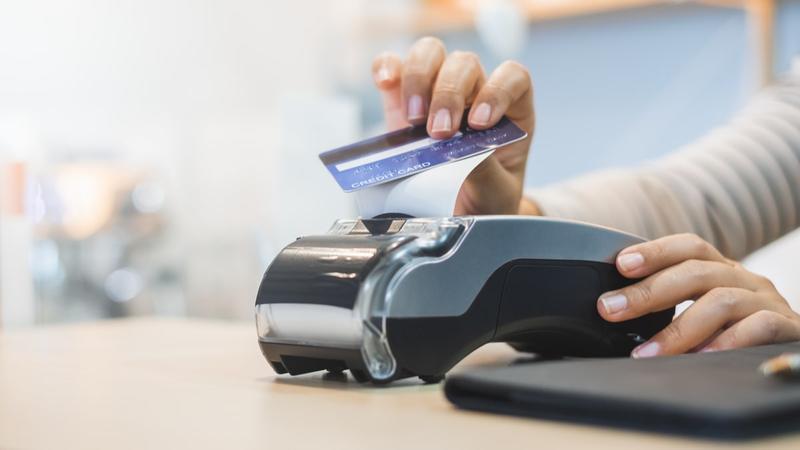With the advances in technology, you can book a last-minute cruise, say goodbye to your family via video chat, and order your taxi to the airport, all from your cellphone.
That’s just the start. You may soon be able to skip the currency exchange and head straight to the souvenir shop, as more countries are accepting mobile payments and imagining a world of cashless consumerism.
Apps are already available to help you figure how much something will cost you in your currency while you are in store overseas. The next stop will be forgoing the foreign bills altogether. Countries such as China and the United States are already testing out cashierless stores, and Sweden is expected to be the first cashless society by March 2023.
Even though financial technology is spreading quickly, cash is still the primary source of payment worldwide with 87 percent of consumers using the payment type in the last month according to PaySafe.com.
As a traveller carrying cash might not be an ideal option when you consider the UN recognizes 180 currencies worldwide. This means if you are doing a bit of country hopping you could end up with multiple currencies in your pocket for one trip. Carrying alternative payment options won’t weigh you down and can be organized in a simple app or card wallet. This is perfect when packing light, especially if you are bouncing from one location to the next on a tour bus or travelling by train.
Skipping cash altogether may not be practical just yet. Some forms of transit only accept exact change and cash is handy for tipping. However, you may not need to exchange as much as you may think. Here are a few alternative payment options to consider before your next departure date.
Credit Card
The main credit cards used by Canadians are Mastercard, Visa, and American Express; which can be found in over 200 countries and territories worldwide.
Many travel rewards cards offer some variation of travel insurance, concierge services, and VIP lounge access if they are associated with an airline. You may also be able to cash in your points for free flights or vacation packages. Credit cards with no foreign transaction fees are an added feature that could save you up to 2.5 to 3 percent on purchases charged abroad.
Contactless Payments
QR codes and contactless payments (tap) are on the rise. PaySafe.com suggests that the United Kingdom uses contactless payments the most (54 percent) while the Unites States uses them the least (3 percent).
In addition, Interac Debit is available in 200 countries and territories, making it a reliable payment method.
Tip for snowbirds: Notify your bank of your travel dates, especially if you travel often, so they don’t suspect fraud and freeze your account. The good news, most banks have incorporated this stage into their online banking and mobile apps. Some banks even allow you to skip this step altogether, using algorithms to detect when you are travelling.
Keep in mind using your debit card abroad can result in foreign purchase fees and foreign ATM withdrawal costs. Although, having this safety net is ideal in case you need a quick cash infusion.
Mobile Payments
The Auriemma Group claims Apple Pay is leading the way in mobile debit payments, controlling 77 percent of the market. This may be because of their geographical reach. Apple Pay can be found in 57 regions, whereas Google Pay can be found in 29, and Samsung Pay in 24.
However, many countries have their own preferred mobile payment method. Of the top 10 snowbird destinations for Canadian travellers according to Kanetix.ca, 9 locations have thriving mobile markets. These include: the United States, Mexico, China, France, Australia, Dominican Republic, Peru, South Africa, and India.
Some mobile payment methods are the preferred form of payment in a country overall – not just in apps. Some are using mobile to transfer money to friends, pay for purchases, and even make payments toward utilities and household bills.
The World Bank Group suggests that in countries like Peru, the population lives largely without banks. Only 2 in 10 Peruvians have access to a bank account; however, mobile technology is increasing financial services in the country.
Areas like Costa Rica, the country’s current wireless network cannot support a widespread mobile payment system. On the other hand, countries like China who have access to a vast financial empire, use mobile payments every day for convenience.
Snowbird Travel Insurance
While you may soon be able to leave your cash behind, don’t set off without your travel insurance. Get the best rates on the coverage you need from InsuranceHotline.com and travel with peace of mind.
